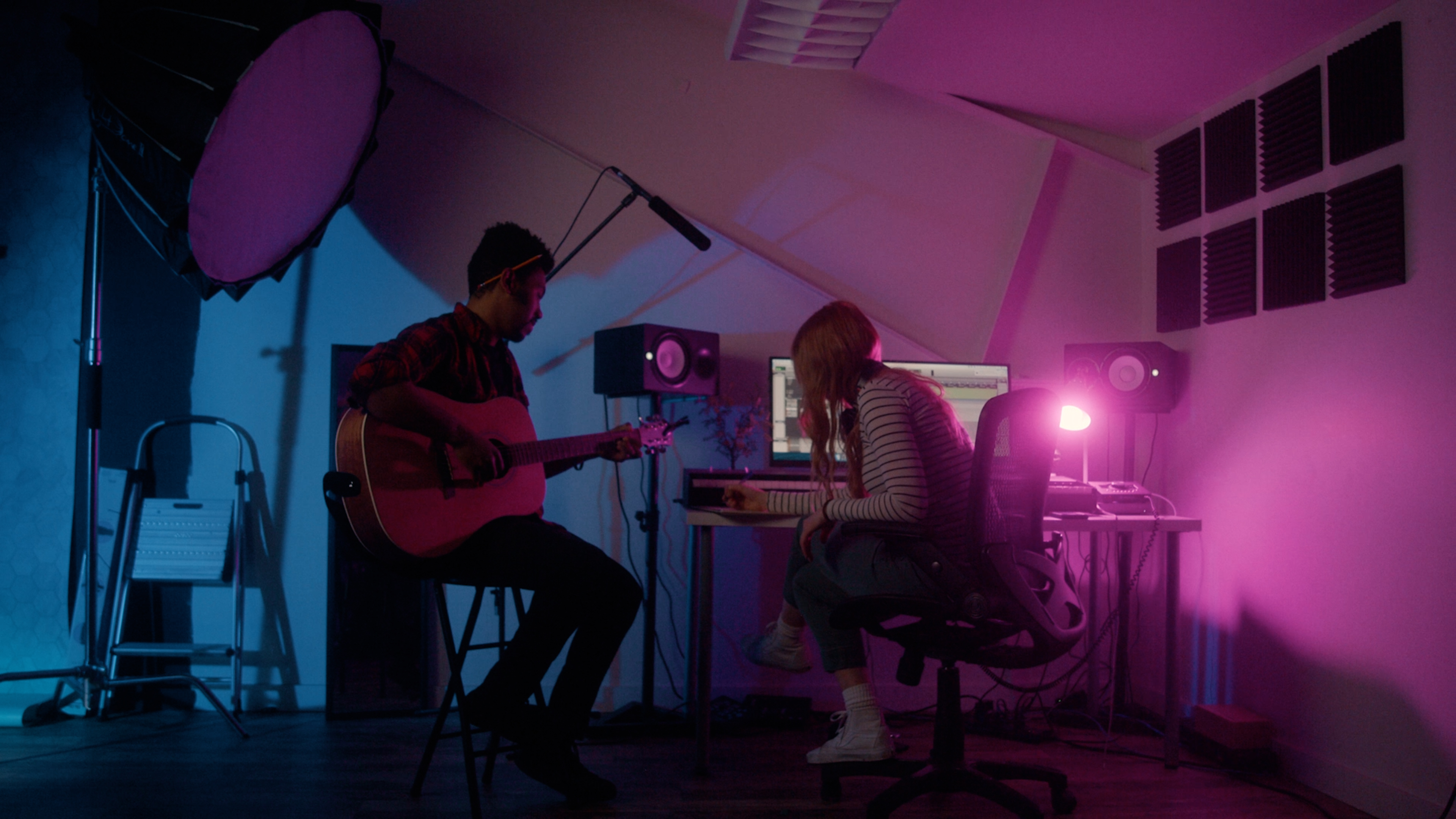
4 Things To Know When Hiring A Composer
I’ve had the unique dual experience of being both a filmmaker and composer. And I’ve used this knowledge to develop these tips.
Continue ReadingIf you’re familiar with movies, video games, television shows, and filmmaking, you’ve probably heard the term, “Foley”. But what exactly does this mean? And how does it differ from any other sound design or sound effects?
In this video, we’ll answer these questions and more.

Named after famed 1920s sound editor Jack Foley, the term “Foley” applies to any sound effects that are created in post production in a recording studio to recreate sounds of things that are seen or heard on camera.
In the film industry, these sounds are created in post (often on a soundstage called a “Foley Stage” or “Foley Studio”), rather on set, to allow maximum control and flexibility.
There are three main types of Foley sound: footsteps, movement, and props (sometimes referred to as specifics). These everyday sounds are typically “performed” in real time to picture on a soundstage by Foley artists.
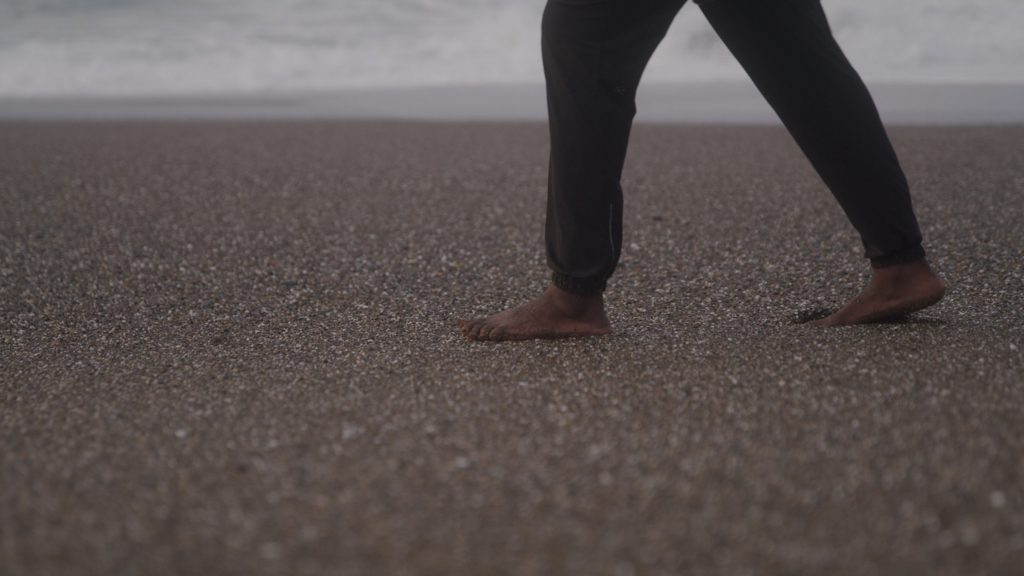
For things like footsteps and movement, the process is typically straightforward.
The foley artist will walk on the same surface, using the same shoes, at the same pace as the actor on screen to create the sound of footsteps. Or they’ll rustle some clothing material to mimic the on-screen sound of two people bumping into each other.
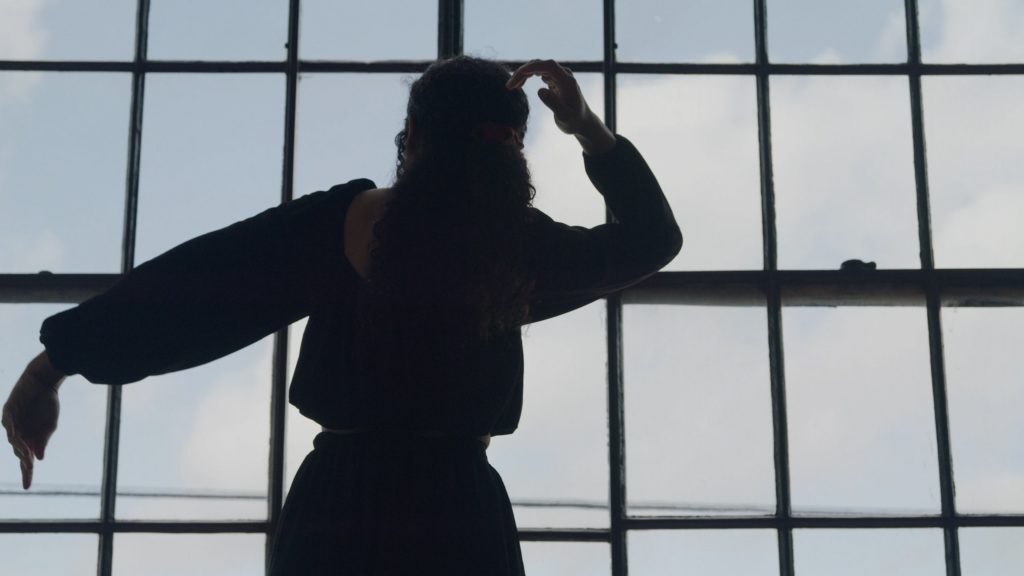
For prop Foley sound effects, such as a faucet turning on or a car ignition, sometimes that same simple process can work (using the actual objects seen on camera to make the sounds)
But sometimes, Foley artists need to get creative with how they create film sounds.
Some famous examples include the giant boulder from “Raiders Of The Lost Ark” (created by recording a rolling car on gravel), and the lightsabers from “Star Wars” (recordings of tube microphone feedback from an old TV).
This is where good Foley artists really earn their paychecks, finding creative ways to create sounds that they can’t record traditionally, while maintaining a high audio quality during Foley recording.
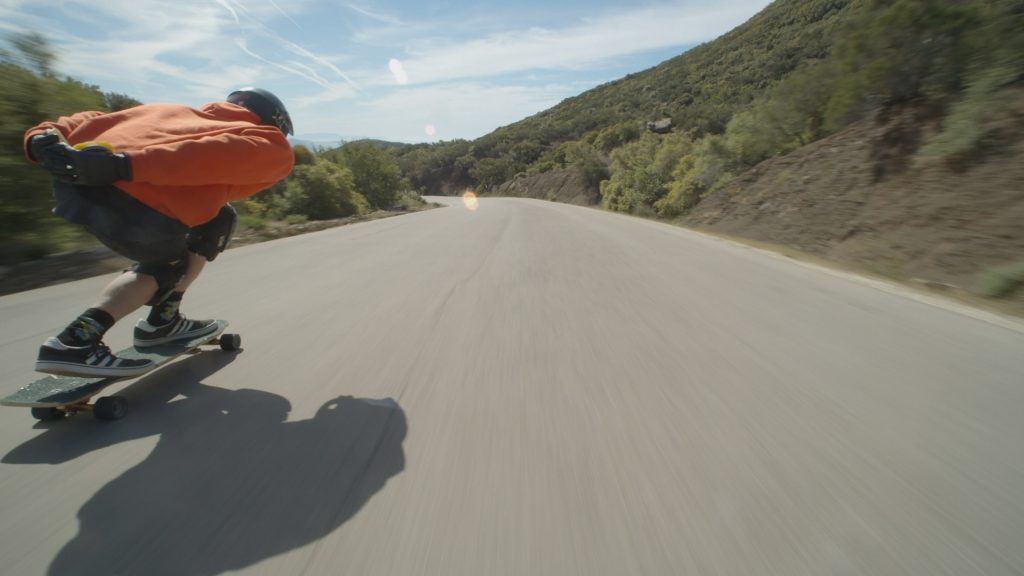
The main thing that separates Foley sounds and sound effects is that Foley is meant to address any real-world sounds that are seen or heard on camera by the viewer, where other types of sound effects are often used to enhance a moment or action(whooshes, hits, abstract sounds, etc.)
Ambient sounds, ambient noise, and background noises are typically not thought of as Foley.
The art of Foley, even if it’s as simple as some subtle footsteps and clothing rustle, makes any scene more realistic and immersive for the viewer. And the best part about Foley is that it can be extremely easy and simple to create.

If you’ve got a computer, microphone, some everyday objects, and a bit of creativity, you have everything you need to dive into sound editing and sound recording, and you can start adding Foley to your videos.
Kevin Graham is the Music Director at Filmpac.

I’ve had the unique dual experience of being both a filmmaker and composer. And I’ve used this knowledge to develop these tips.
Continue Reading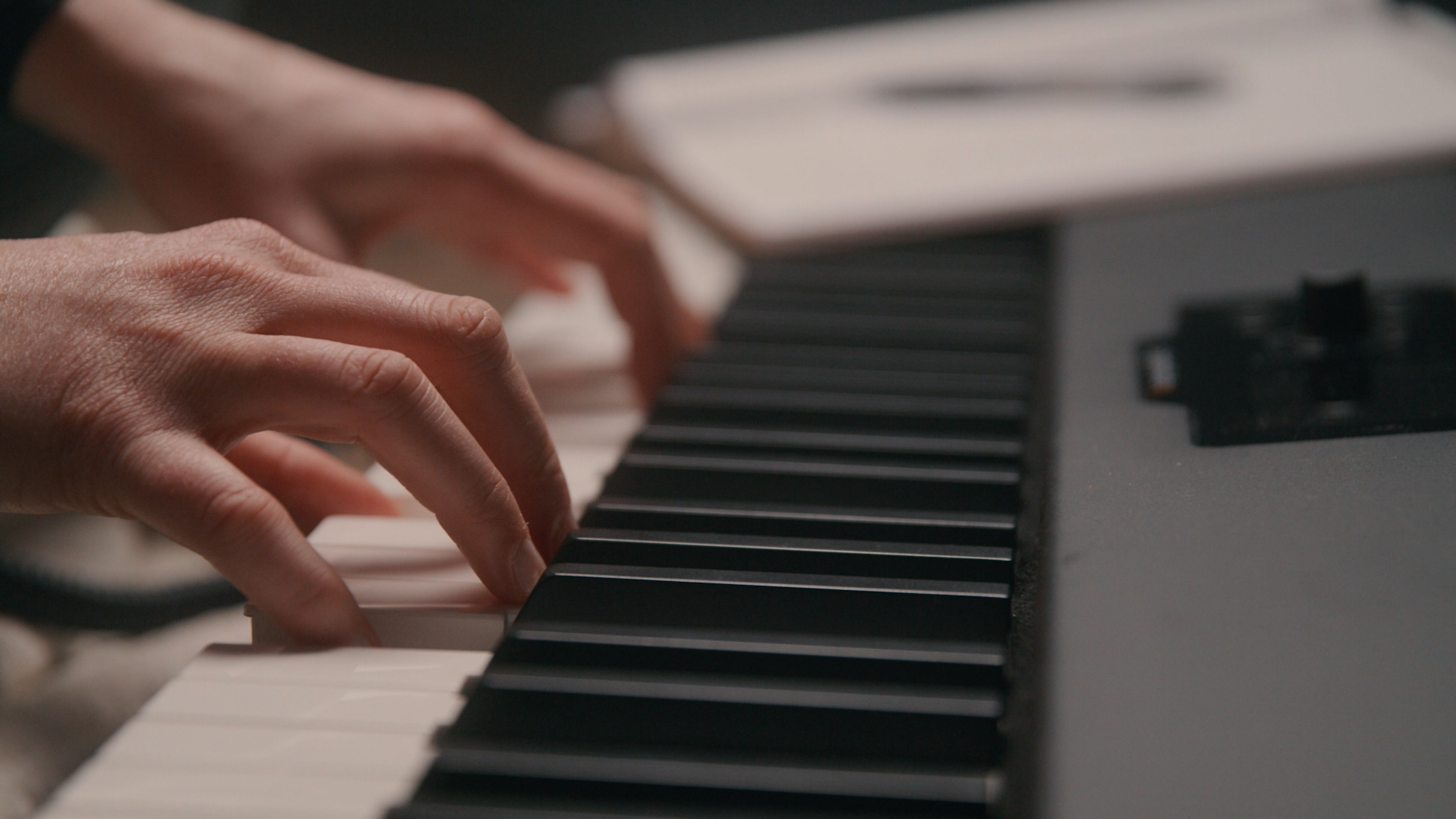
There are basically two ways to get that music: either hiring a composer, or licensing pre-existing music from a stock website.
Continue Reading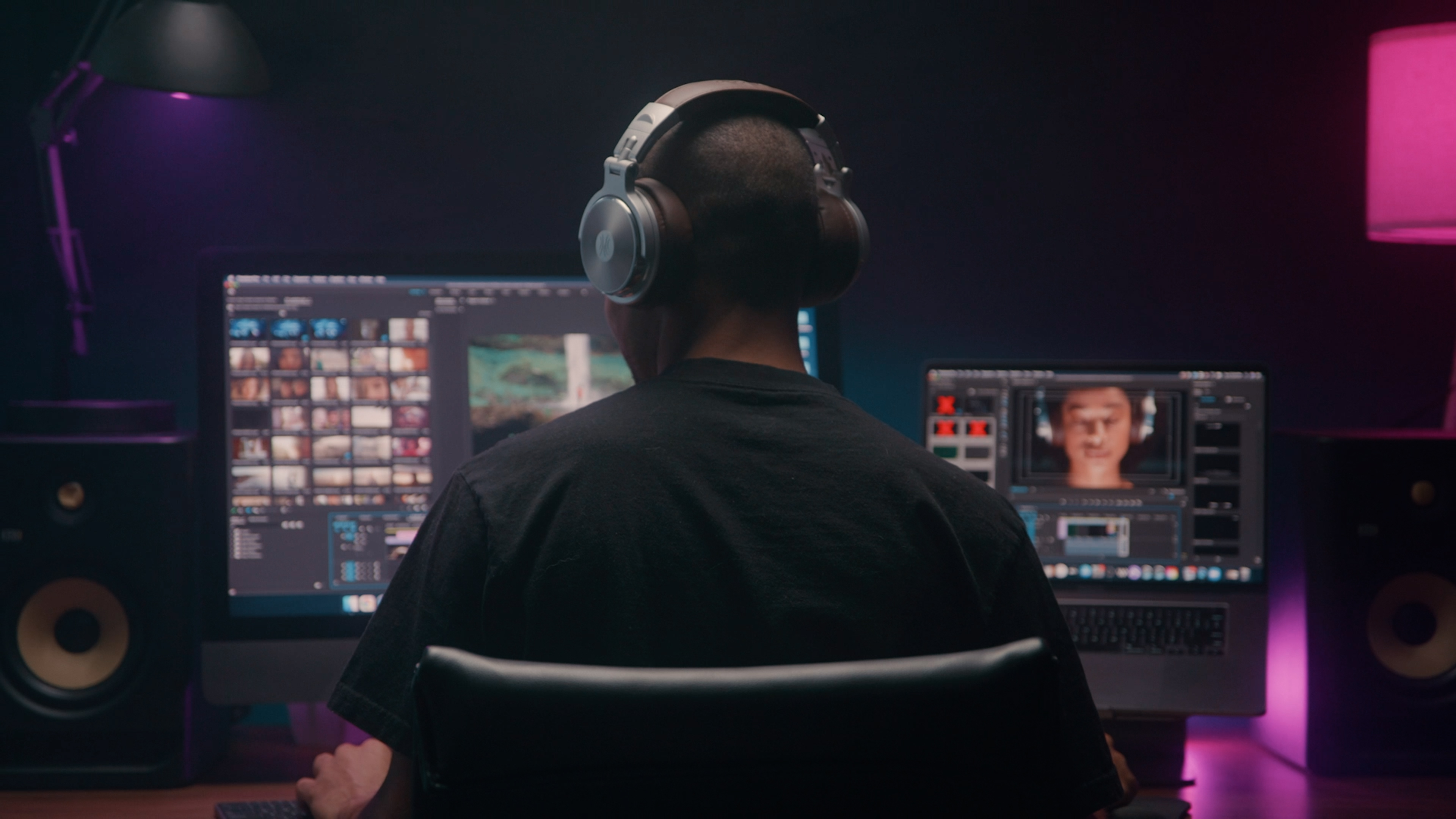
An audio limiter is a great tool to help you control your video’s loudness. We explain when and how to use one here.
Continue Reading
One of the most useful audio effects in video post production is compression. This article explains what it is and when to use it.
Continue Reading
Filmpac’s newly-designed Project Feature is a powerful tool for collaborative video editing. Here’s a quick rundown of how it works.
Continue Reading

One of the most difficult parts of being a professional filmmaker is effectively managing and budgeting your time.
Continue Reading
Want to make money selling footage through a major stock footage platform like Filmpac? This page will walk you through the processs.
Continue Reading